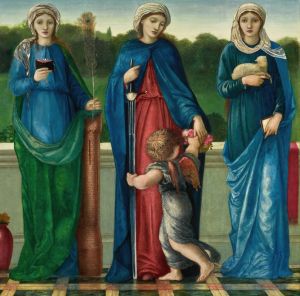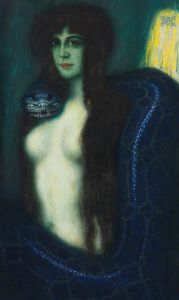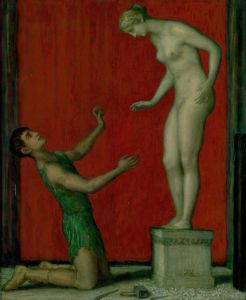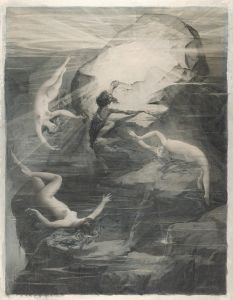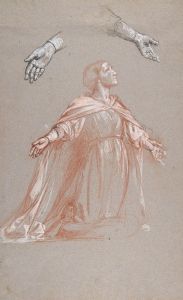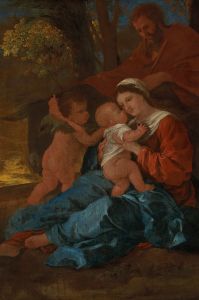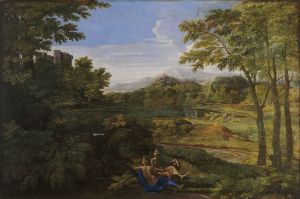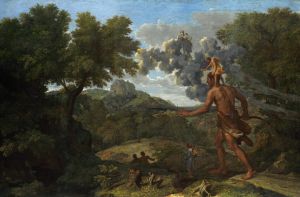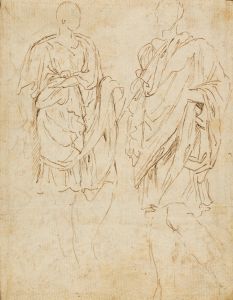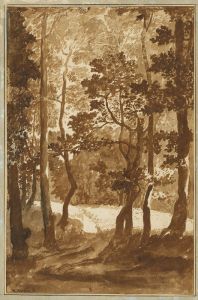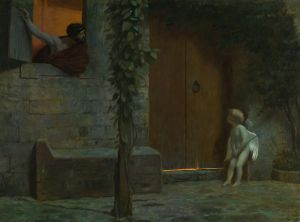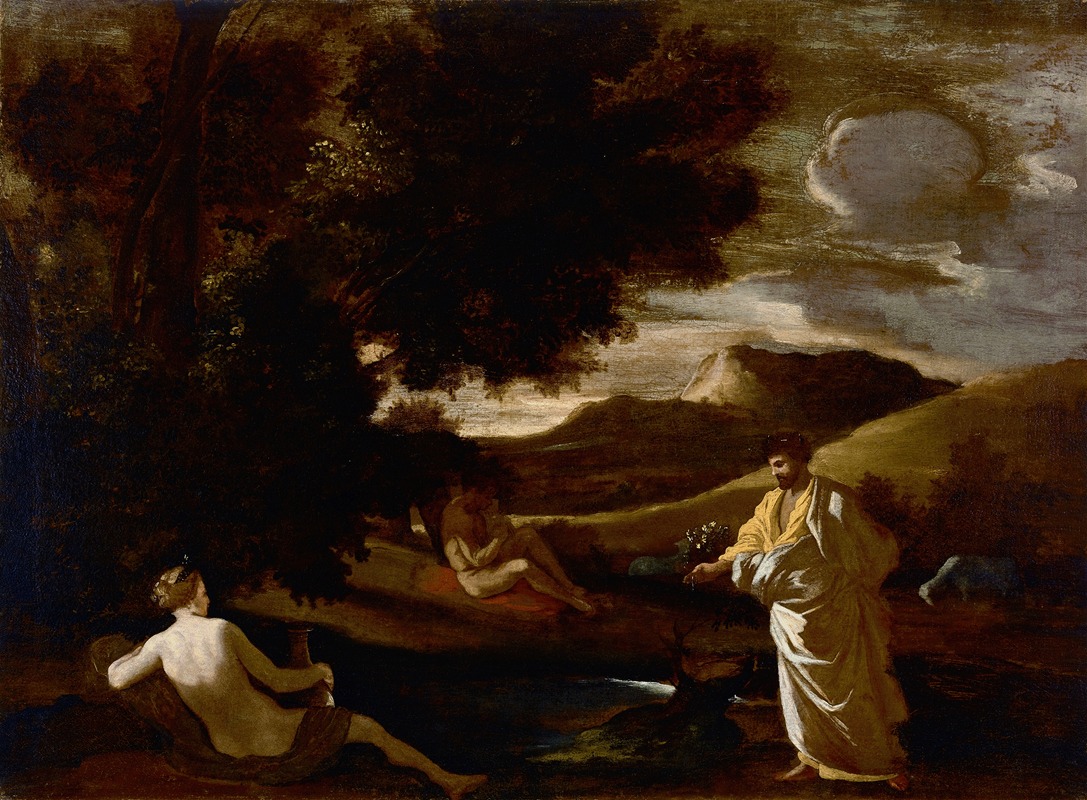
King Midas Turns An Oak Branch To gold
A hand-painted replica of Nicolas Poussin’s masterpiece King Midas Turns An Oak Branch To gold, meticulously crafted by professional artists to capture the true essence of the original. Each piece is created with museum-quality canvas and rare mineral pigments, carefully painted by experienced artists with delicate brushstrokes and rich, layered colors to perfectly recreate the texture of the original artwork. Unlike machine-printed reproductions, this hand-painted version brings the painting to life, infused with the artist’s emotions and skill in every stroke. Whether for personal collection or home decoration, it instantly elevates the artistic atmosphere of any space.
Nicolas Poussin, a prominent French Baroque painter, is known for his classical approach to painting, emphasizing clarity, logic, and order. One of his works, "King Midas Turns an Oak Branch to Gold," reflects his interest in classical mythology and his skill in depicting complex narratives with precision and grace. However, it is important to note that there is limited information specifically about a painting by Poussin titled "King Midas Turns an Oak Branch to Gold." It is possible that this title refers to a lesser-known or misattributed work, or it may be a thematic exploration within a larger series of works by Poussin.
Nicolas Poussin was born in 1594 in Les Andelys, Normandy, and spent most of his professional life in Rome. His work is characterized by its intellectual rigor and adherence to the principles of classical art. Poussin often drew inspiration from ancient history, mythology, and the Bible, creating paintings that were rich in narrative and symbolism.
The story of King Midas is a well-known myth from ancient Greek mythology. Midas was a king who was granted a wish by the god Dionysus. He wished that everything he touched would turn to gold, a gift that quickly became a curse when he realized he could not eat or drink, as his food and drink also turned to gold. The myth of King Midas is a cautionary tale about greed and the unintended consequences of one's desires.
Poussin's interest in mythology and his ability to convey complex stories through his art make it plausible that he would have been drawn to the story of King Midas. His paintings often feature carefully composed figures set in harmonious landscapes, with an emphasis on balance and proportion. Poussin's use of color and light enhances the narrative, guiding the viewer's eye to the focal points of the story.
While there is no specific documentation of a painting by Poussin titled "King Midas Turns an Oak Branch to Gold," it is possible that this work, if it exists, would have been created during his mature period, when he was deeply engaged with classical themes. During this time, Poussin produced a number of works that explored the interaction between humans and the divine, often highlighting the moral lessons embedded in mythological tales.
Poussin's legacy as a master of classical painting is well-established, and his influence can be seen in the works of later artists who admired his disciplined approach to composition and storytelling. His paintings continue to be studied for their technical skill and their ability to convey complex narratives with clarity and emotional depth.
In conclusion, while there is no specific information available about a painting by Nicolas Poussin titled "King Midas Turns an Oak Branch to Gold," his body of work demonstrates a consistent engagement with classical mythology and themes that align with the story of King Midas. Poussin's art remains a testament to his mastery of the classical style and his ability to bring ancient stories to life through his paintings.





